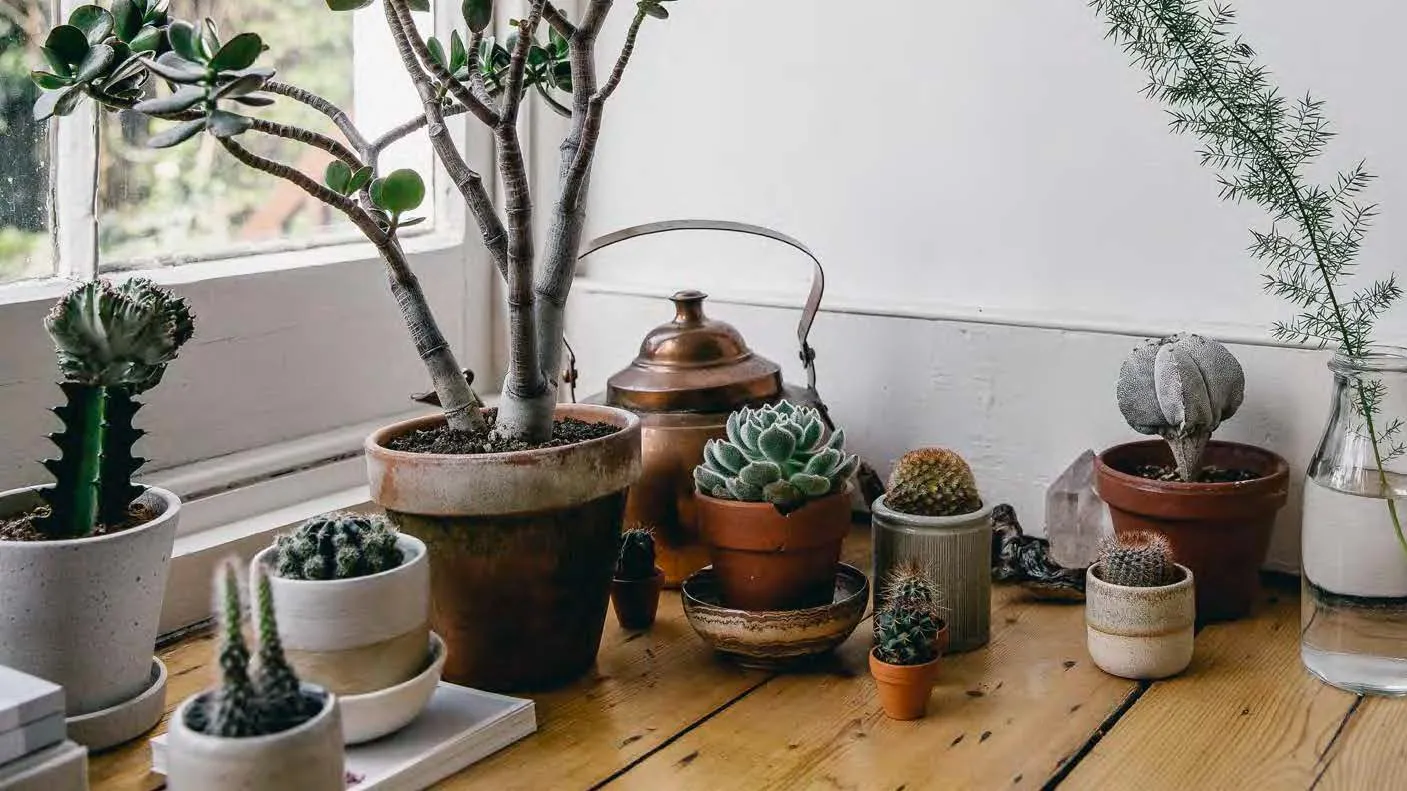
Most succulents are only partially hardy in our climate and require careful protection during winter. Their growth season typically falls between spring and summer while they become dormant during the cold months.
Most succulents prefer being kept slightly drier, rather than remaining moist all year. Water them when their soil almost dries out; make sure none of it collects on leaves or stems.
Light
Succulents have taken the internet by storm with photos showing off their stunning forms and colors, drawing attention from Instagram and Pinterest users alike. But just because these fleshy plants appear low-maintenance does not mean they require little care – a Texas A&M AgriLife Horticulture specialist offers tips on maintaining the health of these popular container plants.
Succulents, being drought-tolerant plants, store water in their leaves and roots to last them through long dry spells without needing much–if any!–water. As such, succulents make an excellent choice for indoor gardening or drought-tolerant gardens in warmer climates; but be warned, given improper conditions they could quickly die!
Bright indirect light is best for succulents during winter when sunlight levels are limited and dormant from lack of sun exposure. Too much direct sunlight may damage their leaves and the hottest temperatures could even make some succulents wilt. When your succulent needs more water, they’ll let you know with fine wrinkles or dulling in color on its normally shiny leaves indicating its thirst.
Water
Succulents store water in their leaves and roots, which allows them to withstand dry conditions, but consistent soil moisture levels for maximum flowering potential.
Succulents thrive in well-draining soil with plenty of essential nutrients. A simple way to tell when and how much to water is by pinching a handful of soil between your fingers; if it crumbles easily, then it is time for water! Overwatering can rot its roots.
Many succulents offer the added advantage of propagating from their leaves, meaning new plants can quickly emerge if kept moist. When propagating succulents it is wise to select similar species as these will have similar care needs and growth rates.
Certain succulent varieties can be toxic to pets, so beware exposing their paws or mouths. These include most aloe species, euphorbias, desert roses and jade plants (crassula). However, some have healing properties if used on cuts, burns or stomachaches.
Fertilize
Succulents thrive in warm and dry environments, so to sustain their healthy growth indoors you must simulate their natural habitat as closely as possible. Each genera and species requires slightly different care guidelines; however, some general care guidelines can ensure healthy plants that flourish beautifully.
Before pruning a succulent, ensure your tools are sterilized by wiping with rubbing alcohol or dipping in a solution of one part water to 10 parts bleach. This step prevents disease transmission while helping ensure successful cuttings. Succulents can easily be propagated via stem and leaf cuttings that create an exact copy of their parent plant.
Fertilize succulents a few times throughout the warmer months using a standard houseplant fertilizer diluted to approximately one-third its recommended rate. Apply liquid or granules at watering time in order to minimize burning of leaves and roots. Select organic fertilizers containing slow-release ingredients, such as worm compost or compost, in order to minimize overdosing with nutrients.
Air
Succulents purify indoor air through photosynthesis. This natural process takes in carbon dioxide and releases oxygen for a healthier atmosphere. Certain succulent varieties like aloe vera even contain medicinal properties which help heal wounds or soothe burns.
Succulents require regular air circulation around their plants, particularly when placed near a bright window. Too much direct sunlight may scorch their leaves, leading to damage for some species of succulents. Furthermore, winter draughts must not blow directly over their plant surface.
Airflow keeps soil dry, helping prevent gnats and other moisture-based bugs that plague new growers. Airflow also reduces humidity levels to reduce how much water your plant requires, saving both money and resources when watering your plants.










